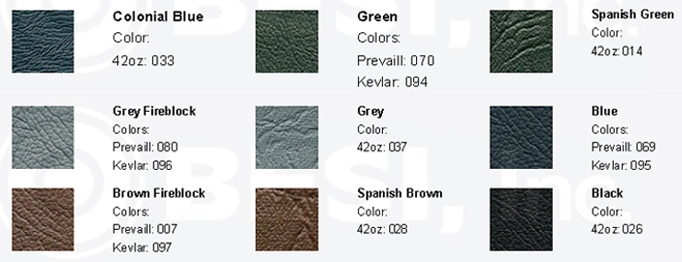

While higher-capacity buses could potentially lower operating costs across a large fleet, higher purchase prices were an increasingly hard sell to customers. Declining student populations coupled with the overall recession magnified the overall importance of securing orders by contractors and large school districts. However, as the 1970s became the 1980s, school bus demand declined sharply. 60 to 72 passengers) produced in the United States, transit-style school buses had become marketed as the flagship vehicles of their respective manufacturers (the All American also had the distinction of being the donor vehicle of the costly Blue Bird Wanderlodge motorhome). Following a major redesign for 1957, Blue Bird would only make gradual detail changes to the All American for the following 32 years.Īs the highest-capacity vehicles (84 to 90 passengers vs. Starting that year, Blue Bird started chassis production for the All American aside from the powertrain, the company now was able to control nearly the entire design of the vehicle. In 1952, the company would make a decision that would forever affect the production of the All American, and potentially all school buses in the United States. Unable to secure a supply of GMC chassis, Luce produced the initial All Americans on conversions of conventional truck chassis, as was the practice of the time. Before World War II, California-based manufacturers Crown Coach, Gillig and Seattle-based Kenworth-Pacific had put various versions of the type into production the most common was the forward-control bus, with the engine positioned next to the driver.Īfter World War II, Blue Bird company founder Albert Luce developed the first Blue Bird All American similar to a bus he viewed at the 1948 Paris Auto Show, it was also of a forward-control design. In the 1930s, transit-style (flat-front) school buses made their first appearance as manufacturers sought to develop school buses with higher capacity and greater maneuverability. During its production, Blue Bird assembled the TC/2000 at five assembly facilities, including: Blue Bird Body Company ( Fort Valley, Georgia), Blue Bird North Georgia ( LaFayette, Georgia closed 2010), Blue Bird Midwest ( Mount Pleasant, Iowa closed 2002), Blue Bird East ( Buena Vista, Virginia closed 1992), and Blue Bird Canada ( Brantford, Ontario closed 2007). In 2003, Blue Bird ended production of the TC/2000 (after a short run of 2004 models), consolidating its transit-style product range with the All American. For commercial use, Blue Bird badged the model line as the TC/2000 or the APC 2000 (All Purpose Coach). While produced primarily as a yellow school bus, Blue Bird offered the TC/2000 in commercial configurations and numerous custom-built variants. Introduced as a second transit-style product range alongside the Blue Bird All American, the TC/2000 was produced in front-engine and rear-engine layouts. The Blue Bird TC/2000 is a product line of buses that was produced by the American manufacturer Blue Bird Corporation (then Blue Bird Body Company) from 1987 to 2003. Brantford, Ontario, Canada (Blue Bird Canada).

Mount Pleasant, Iowa (Blue Bird Midwest).LaFayette, Georgia (Blue Bird North Georgia).Fort Valley, Georgia (Blue Bird Body Company).


 0 kommentar(er)
0 kommentar(er)
